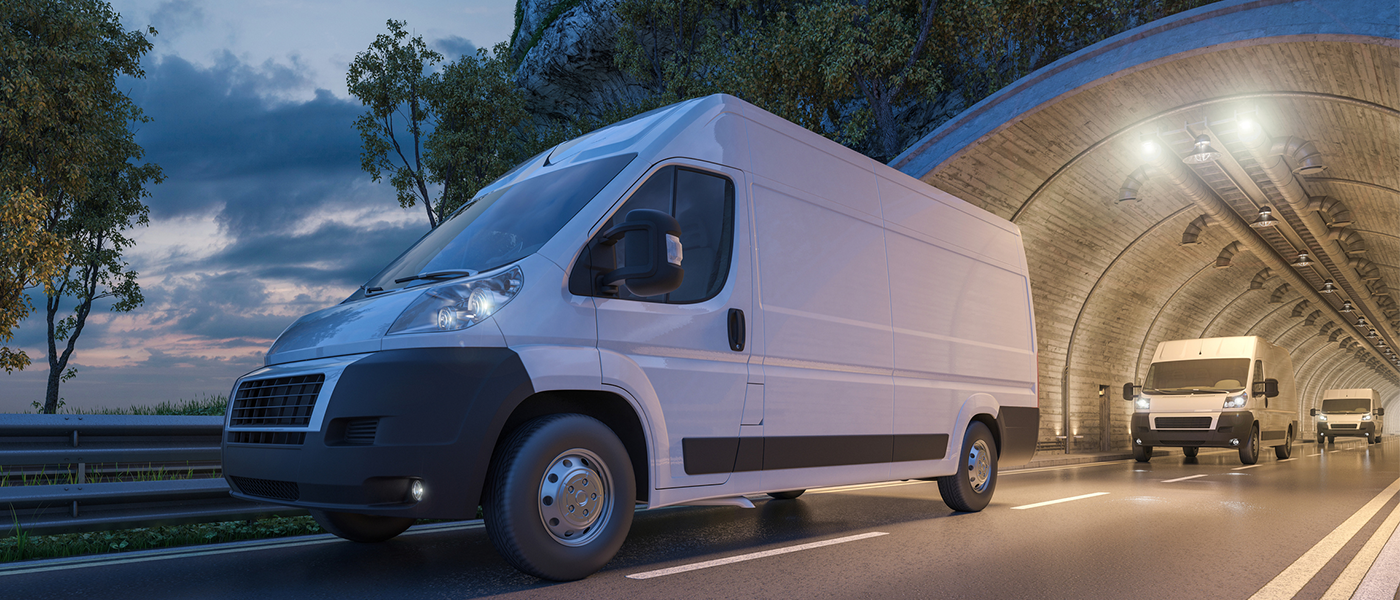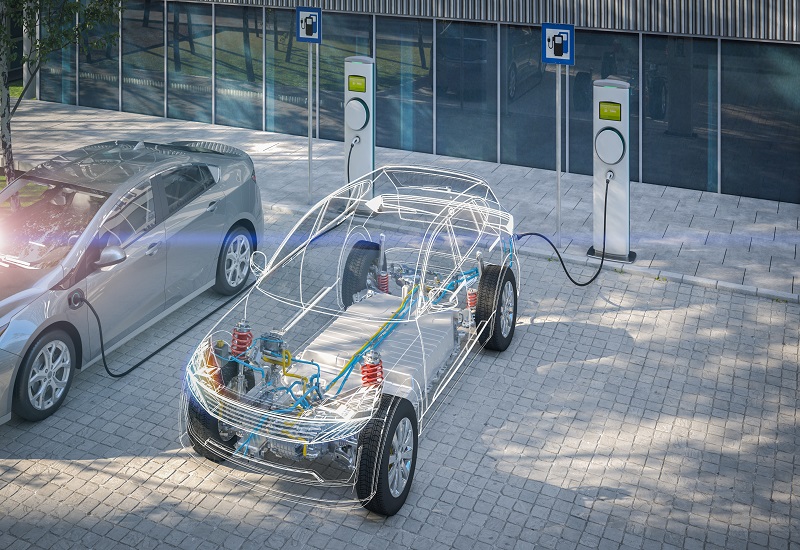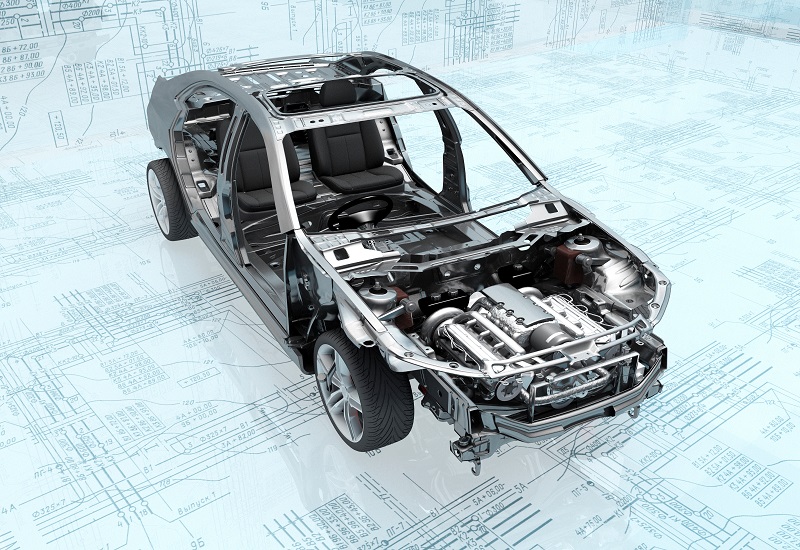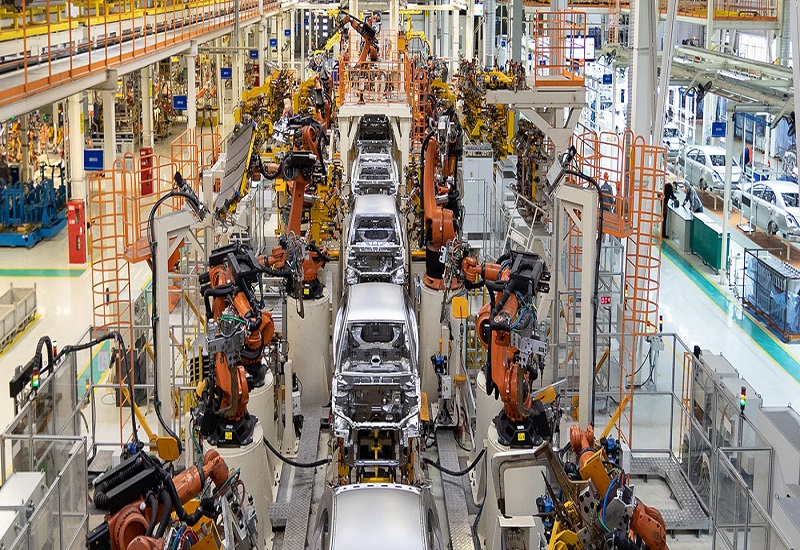






Hydrogen is a good alternative to fossil fuels, and the mobility industry is utilizing its benefits to reduce carbon emissions. Examine the current scenario and how this will change by 2030, key partnerships, and factors driving hydrogen adoption.

What are the growth opportunities for OEMs in this sector? How are HMI systems distributed across OEMs? Who are the main players, and what is their place in the HMI industry? What are the technological shifts transforming this segment?

The mobility industry is transitioning to electric powertrains to gradually reduce dependence on diesel powertrains. Explore the growth opportunities, significant changes in vehicle architecture, and much more.

The virtual care marketaccelerated during the COVID-19 pandemic. The pandemic disrupted the practice of medicine and delivery of healthcare worldwide. Social distancing created an unanticipated demand for a solution that has improved access to care. Virtual visits via video, voice, and text, and diagnostics using chatbots became critically important to evaluate, manage, and track COVID-19 patients without an in-person exam. Beyond virtual visits, healthcare providers deployed telehealth solutions and video collaboration tools in various use cases, gaining experience with these solutions and incorporating them into daily routines.
Overcoming Barriers in Telehealth Adoption
According to Frost & Sullivan, COVID-19accelerated telehealth adoption by two to five years ahead of forecasts. The virtual visit market in the US more than doubled in revenues in 2020 and is forecast to nearly double again in 2021, even as in-person visits resume. Remote patient monitoring (RPM) solution revenues surged even more rapidly in 2020, with these tools used to monitor coronavirus risks and chronic-condition patients not visiting their doctors. This market is receiving further boosts in the US from the CMS Acute Hospital Care at Home initiative.
Schedule a dialog or email us at myfrost@frost.com to connect with an industry expert at no charge. We are taking unprecedented action to make our team available to help you cut through the media and politics to get factual one-to-one guidance for the issues and opportunities that matter most to your business.

Key Growth Strategies Redefining the Future of Indian Light Vehicle Leasing

Automotive Insurance: Novel Business Strategies Drive Growth Opportunities
Read more Request Info
Massive Growth Opportunities for NA and European Connected Motorcycles
Read more Request Info
Technologies Accelerate Growth for Indian Automotive Electronics
Read more Request Info
Medium and Heavy Duty Commercial Vehicles Aftermarket Fueled by CASE
Read more Request Info
Novel Technologies Boost Growth for the Global Automotive Industry
Read more Request Info
Analysis of Mergers and Acquisitions in the Automotive Industry
Read more Request Info
Automotive Location-based Services: New-age Developments Create Growth
Read more Request InfoThe pandemic has changed how mobility will be perceived over this decade and beyond. Industry stakeholders are course-correcting, channeling investments away from traditional hardware-focused approaches into a software-centric future, enabling new on-demand services and revenue streams. This will lay the foundation for a new generation of software-driven solutions that will facilitate the auto industry’s long-term evolution and survival.
Read More
Long queues, empty fuel pumps and soldiers being pressed into duty as tanker drivers were some of the images that flashed across our screens last month as the UK struggled to deal with a severe fuel shortage. Of the many reasons behind this fiasco, the one that caught my attention was the shortage of truck drivers.
Read More
The world is facing an acute electricity shortage. China is rationing power supply to its factories. Europe is looking to Russia for supplies of natural gas to avoid electricity outages. Lawmakers in the US are declaring that keeping everyone warm during the upcoming winter season will be a higher priority than tackling a persistent pandemic.
Read More
Frost & Sullivan’s recent analysis, Global Connected Cars Outlook, 2021, finds that COVID-19 has unlocked massive opportunities for the connected cars industry due to the significant increase in technology implementation in this space. Demand for innovative features such as bio-based health monitoring and non-touch-based haptics such as gesture recognition has increased due to the urgent need for driver protection and risk aversion.
Frost & Sullivan’s recent analysis finds that the commercial vehicles industry, comprising of light commercial vehicles (LCV) and medium and heavy-duty trucks (M&HDT), is on track to recovery as worldwide economic activities resume. The global LCV unit shipment is estimated to reach 12.6 million units in 2021 from 11.4 million units in 2020, at 10.3% year-on-year (YoY) growth.
Frost & Sullivan’s recent analysis finds that the global shared mobility market is expected to reach pre-pandemic levels by late 2021 or early 2022. Comprising of traditional carsharing, peer-to-peer (P2P) carsharing, e-hailing, ridesharing, bikesharing, demand-responsive transit (DRT), and mobility-as-a-service (MaaS), the industry has been adversely affected by COVID-19, which has significantly altered consumer mobility preferences and requirements.
Read more